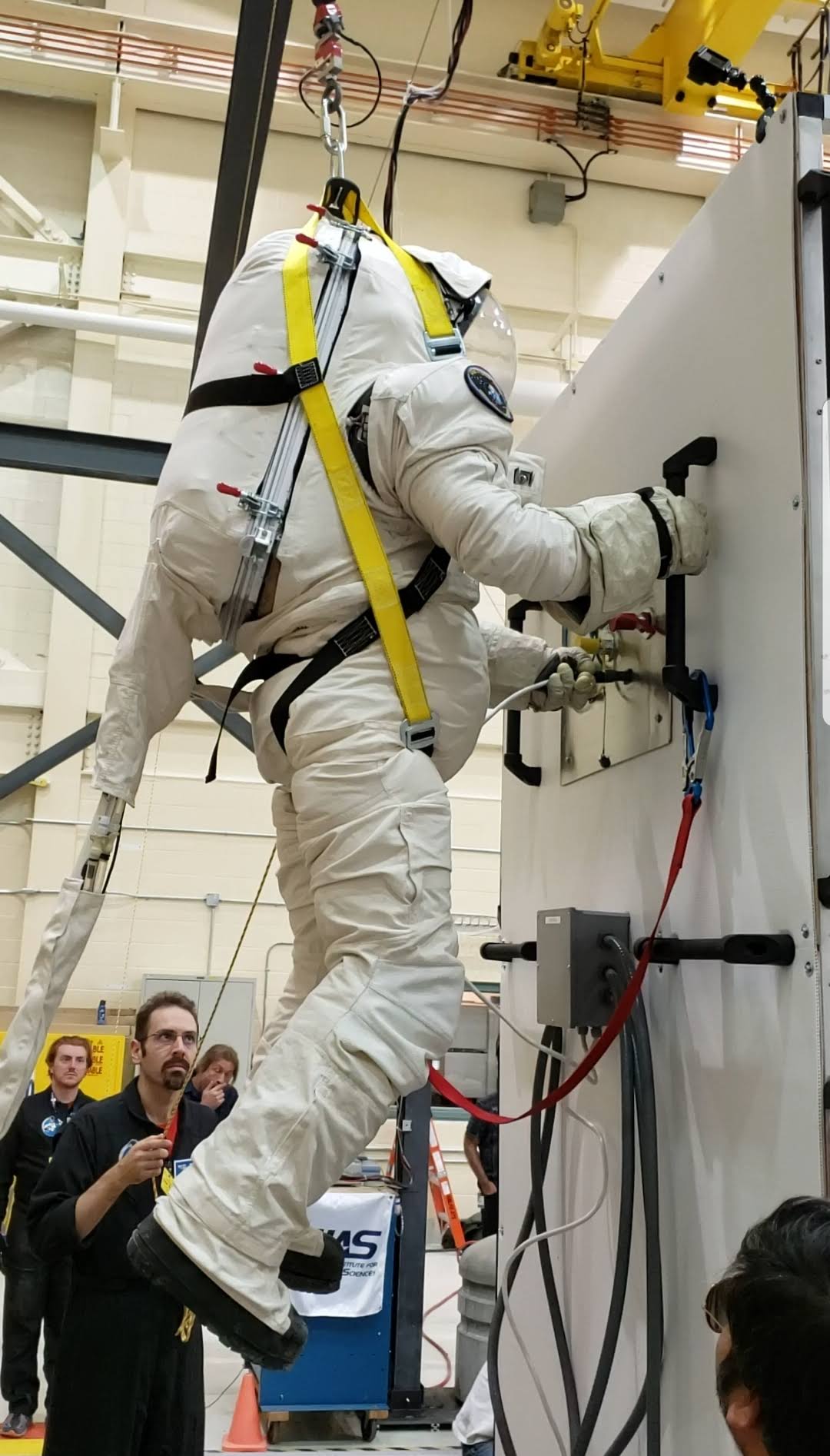Dr. Shawna Pandya, a Brandon, Man.-born, Edmonton-raised physician and space scientist, is seeing a life-long dream become reality: she’s going to space.

“I will be flying to space with Virgin Galactic on their new Delta Class of spacecraft with Kellie Gerardi and Dr. Norah Patten of Ireland as early as 2026,” Pandya said.
She earned a degree in neuroscience from the University of Alberta, studying medicine, before taking her Masters at the International Space University in France. Since then, Pandya has worked as medical advisor to several space, medical and technology companies.
“You work in very international, interdisciplinary teams. I’ve worked with flight surgeons and physiologists and biomedical engineers. And to come full circle from those early Masters’ student days to actually flying payloads myself is a dream come true.”
This mission is a partnership between Virgin Galactic and the International Institute for Astronautical Sciences (IIAS), of which Pandya is space medicine director.
The IIAS has been championing space and microgravity as the next great research laboratory, Pandya said, especially through commercial spaceflight.
“Traditionally, the path towards becoming an astronaut in space has been through government space agency selections, such as with the Canadian Space Agency and NASA. In Canada, we’re small but mighty. We’ve had four ever CSA selections, which is really exciting, but this is just creating a whole new avenue to space,” she explained.
“Suborbital space flight has taken off — figuratively and literally.
“This is a novel mission profile,” Pandya said. “It’s a same-day mission. You go up and down. You have a very focused period of time in the zero-G (gravity) environment in which you can perform your science. You have to be very rehearsed, very practiced, very able to deal with the dynamicism of the zero-G environment and ready to perform.”

Pandya has advised on missions, flown 10 zero-G campaigns, most of which were research flights, but this will be her first time in space.
The three research astronauts are women.

Get weekly health news
“It isn’t what we started out to do; it just happened to be we have the years of experience working together, we’ve flown together in zero-G (gravity), we’ve worked together in operations for so long, we know each other very well and just that caliber of excellence and that standard that we hold ourselves to. Norah and Kellie really embody that and I’m so proud to be flying with them,” Pandya told Global News.
This mission also marks a Canadian first. Pandya is the first named female commercial astronaut from this country.
“We’ve only had — including myself — four female Canadian astronauts to date,” Pandya added. “Women still are far in the minority when it comes to astronauts. They only make up 11-12 per cent. This is us helping to change that percentage and leading the way and holding the door open both for future explorers, for female astronauts, and for future researchers.”

This is the second research mission that IIAS has done with Virgin Galactic. In November 2023, the crew tested how fluids behaved in low gravity to gather information on future medical technologies and life-support systems.
“It’s a fly-your-science experiment: figure out what data was really, really interesting and then optimize your payload to get deeper and greater amounts of data,” Pandya said.
She worked with American Gerardi on a previous mission, for which Pandya was the primary investigator for a space-worthy continuous glucose monitor.
“We know that longer-duration missions in space can predispose astronauts to insulin resistance and pre-diabetic states,” she said. “We just don’t know how quickly that occurs. So, the work that we’ve done, with putting the continuous glucose monitor first on parabolic flight and then in suborbital flight, really, are world firsts, and that’s incredibly exciting.”
It also could open up opportunities for people who would have otherwise been excluded, Pandya explained.
“From the government space agency perspective, having diabetes was previously a disqualifier for space flight. But now, proving the space-worthiness of the continuous glucose monitor and its ability to withstand the G loads of launch and landing and the weightless environment is another way to help democratize access to space.”
Pandya believes commercial spaceflight is also helping on that front. She says human space flight started as a technological and political showdown and featured military pilots. With the International Space Station, Pandya says it became more collaborative and featured scientists, engineers and pilots.
“Now, with the next era of space and increased access to space, we want to see all-comers,” she said. “We truly believe that space is for everyone. We believe it’s for the engineers like Nora, the physicians like myself, the mission operation leads like Kellie, but also, eventually, for the storytellers, the artists, the entrepreneurs.
“We’ve seen, historically, that when you give humans a platform, they’ll amaze you with their creativity and their inventiveness, so this is really a whole new era in human exploration.”







Comments